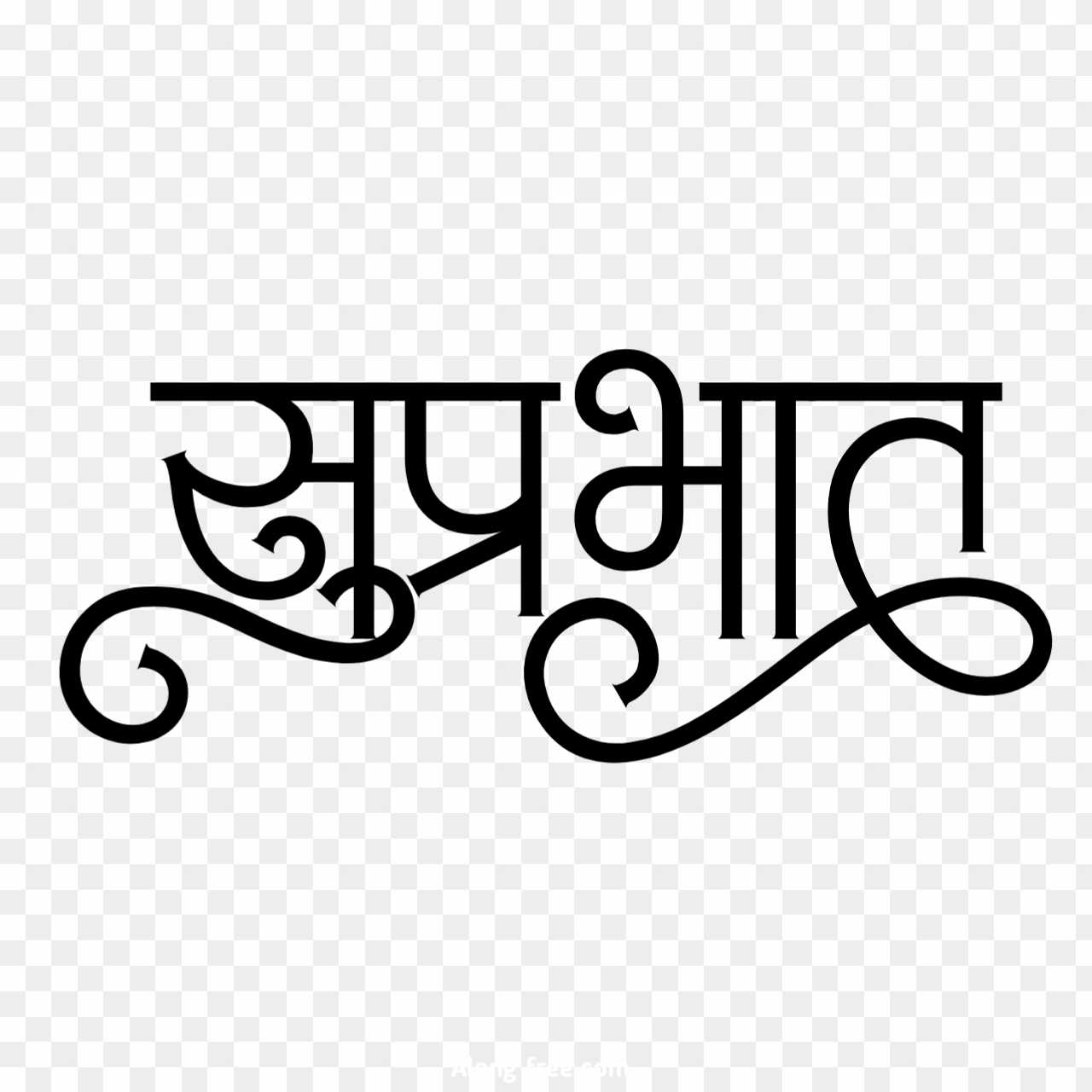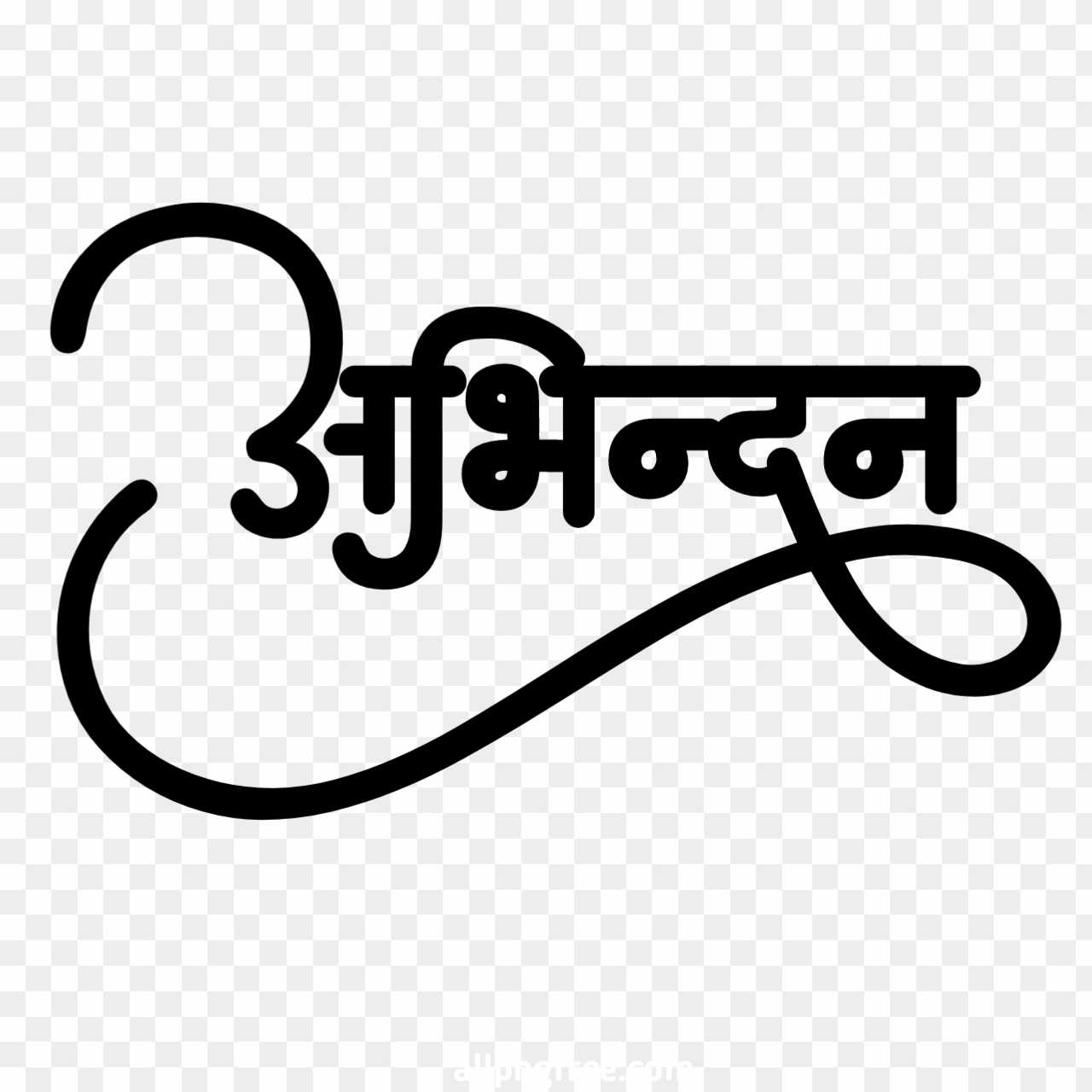Hindi Pronouns: Your Ultimate Guide To Mastering The Language
Learning Hindi pronouns is like unlocking a secret code to understanding one of the world's richest languages. Whether you're diving into Bollywood movies, exploring Indian culture, or just trying to impress your friends with some language skills, Hindi pronouns are your key to fluency. They’re the building blocks that hold sentences together, and once you’ve got them down, you’ll sound like a pro in no time.
Now, let’s get real for a second. Hindi can seem intimidating at first glance. Those squiggly letters and fancy grammar rules might make your head spin. But don’t sweat it! With the right approach, learning Hindi pronouns is totally doable. In this guide, we’ll break it all down step by step, so you can tackle those tricky pronouns like a champ.
So, buckle up, grab a chai (or coffee if that's your thing), and let's dive into the fascinating world of Hindi pronouns. By the end of this article, you’ll not only know how to use them but also understand why they’re so important in the Hindi language game. Let’s go!
- Playstation Angebote Rabatte 2025 Jetzt Topdeals Sichern
- Kreative Auszeit Keramik Bemalen In Mainz Umgebung
Table of Contents
- What Are Hindi Pronouns?
- Types of Hindi Pronouns
- Personal Pronouns in Hindi
- Demonstrative Pronouns in Hindi
- Possessive Pronouns in Hindi
- Reflexive Pronouns in Hindi
- Why Are Hindi Pronouns Important?
- Common Mistakes When Learning Hindi Pronouns
- Tips for Mastering Hindi Pronouns
- Practical Examples of Hindi Pronouns
What Are Hindi Pronouns?
Pronouns are like the superheroes of grammar. They swoop in to save the day by replacing nouns in sentences. Imagine saying "John went to the store, and John bought some apples." Sounds a bit repetitive, right? That’s where pronouns come in. You can say, "He went to the store and bought some apples." Voila! Much cleaner.
In Hindi, pronouns work similarly, but there’s a bit more nuance. Hindi has different forms depending on gender, number, and politeness levels. Yep, politeness matters in Hindi. So, you’ve got to be mindful of whether you’re talking to a close friend or your boss. But don’t worry, we’ll break it all down for you.
Types of Hindi Pronouns
Hindi pronouns come in various flavors, each with its own unique purpose. Here’s a quick rundown:
- Personal pronouns: These refer to people like “I,” “you,” and “he.”
- Demonstrative pronouns: Used to point things out, like “this” or “that.”
- Possessive pronouns: Show ownership, like “mine” or “his.”
- Reflexive pronouns: Used when the subject and object are the same, like “myself.”
Each type plays a crucial role in constructing meaningful sentences. Let’s explore them one by one.
Personal Pronouns in Hindi
Understanding Personal Pronouns
Personal pronouns are the bread and butter of Hindi grammar. They’re the ones you’ll use most often. Here’s a table to help you out:
| English | Hindi |
|---|---|
| I | मैं (main) |
| You | तू (tu) / आप (aap) |
| He | वह (vah) |
| She | वह (vah) |
| We | हम (ham) |
| They | वे (ve) |
Notice how “you” has two forms? That’s because Hindi values politeness. “तू” (tu) is informal and used with close friends or family, while “आप” (aap) is formal and respectful.
Demonstrative Pronouns in Hindi
Pointing Things Out
Demonstrative pronouns are great for pointing things out. Think of them as your linguistic finger. Here’s how they work in Hindi:
- यह (yah) – This (singular)
- वह (vah) – That (singular)
- ये (ye) – These (plural)
- वे (ve) – Those (plural)
So, if you’re pointing to a book, you’d say “यह किताब है” (yah kitaab hai), which means “this is a book.” Easy peasy!
Possessive Pronouns in Hindi
Claiming Ownership
Possessive pronouns help you claim things as your own. Here’s a quick guide:
- मेरा (mera) – Mine (masculine)
- मेरी (meri) – Mine (feminine)
- तेरा (tera) – Yours (masculine, informal)
- तेरी (teri) – Yours (feminine, informal)
- आपका (aapka) – Yours (formal)
See how the endings change based on gender? That’s a key feature of Hindi grammar. Don’t worry, you’ll get the hang of it with practice.
Reflexive Pronouns in Hindi
Reflecting on Yourself
Reflexive pronouns come into play when the subject and object are the same. For example, “I hurt myself.” In Hindi, you’d say “मैंने खुद को चोट पड़ी” (maine khud ko chot padi). The word “खुद” (khud) means “self” and is used to reflect back on the subject.
Why Are Hindi Pronouns Important?
Pronouns are the glue that holds sentences together. Without them, you’d be stuck repeating nouns all the time, which gets boring fast. Plus, they help convey politeness and respect, which is a big deal in Hindi-speaking cultures. Understanding pronouns will not only improve your grammar but also show that you respect the cultural nuances of the language.
Common Mistakes When Learning Hindi Pronouns
Learning a new language is all about trial and error. Here are a few common mistakes people make with Hindi pronouns:
- Confusing “तू” (tu) and “आप” (aap) – Remember, “tu” is informal, while “aap” is formal.
- Forgetting gender agreements – Hindi is big on gender, so make sure your pronouns match the noun they refer to.
- Overusing “हम” (ham) – While “we” is common in English, Hindi speakers tend to use it less frequently. Be mindful of context.
Tips for Mastering Hindi Pronouns
Here are a few tips to help you conquer Hindi pronouns:
- Practice daily – Even if it’s just a few minutes, consistency is key.
- Watch Hindi movies or shows – Pay attention to how characters use pronouns in different situations.
- Find a language partner – Nothing beats real-life conversation to solidify your skills.
Practical Examples of Hindi Pronouns
Putting It All Together
Let’s look at some practical examples to see how Hindi pronouns work in action:
- मैं खाना खाता हूँ (main khana khata hoon) – I eat food.
- तू क्या कर रहा है? (tu kya kar ra ha?) – What are you doing?
- वह एक अच्छा आदमी है (vah ek achha aadmi hai) – He is a good man.
- यह किताब मेरी है (yah kitaab meri hai) – This book is mine.
See how everything fits together? With a bit of practice, you’ll be constructing sentences like a pro in no time.
Conclusion
So, there you have it – your ultimate guide to Hindi pronouns. From personal to reflexive pronouns, we’ve covered it all. Remember, mastering pronouns is more than just grammar; it’s about understanding the culture and nuances of the language.
Now, it’s your turn! Take what you’ve learned and start practicing. Whether you’re chatting with friends, watching movies, or just reading books, every bit of exposure helps. And don’t forget to leave a comment or share this article if you found it helpful. Let’s spread the love for Hindi language learning together!

Pron film Home Facebook

Good Morning Images In Hindi Font

Stylish Abhinandan Hindi text images transparent background PNG